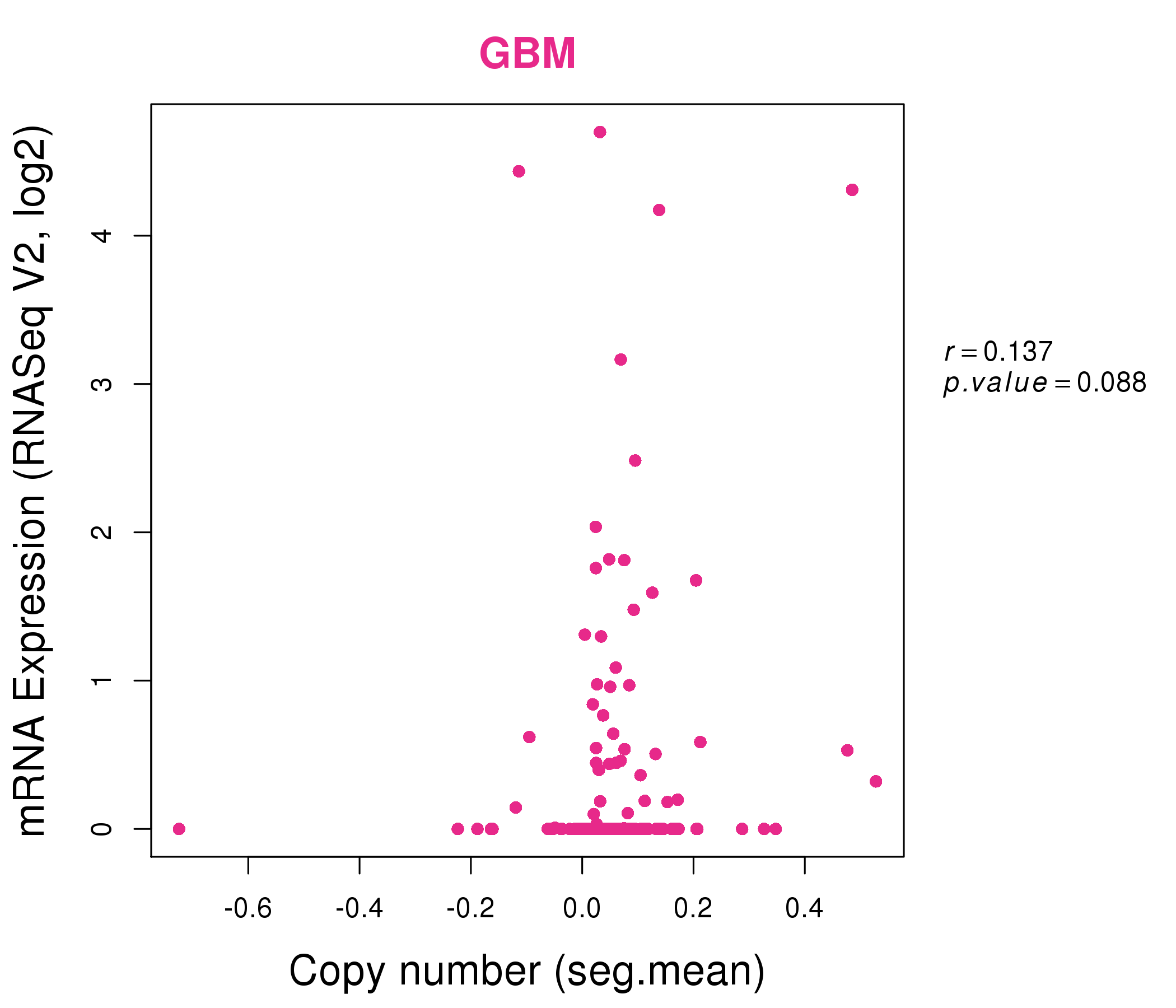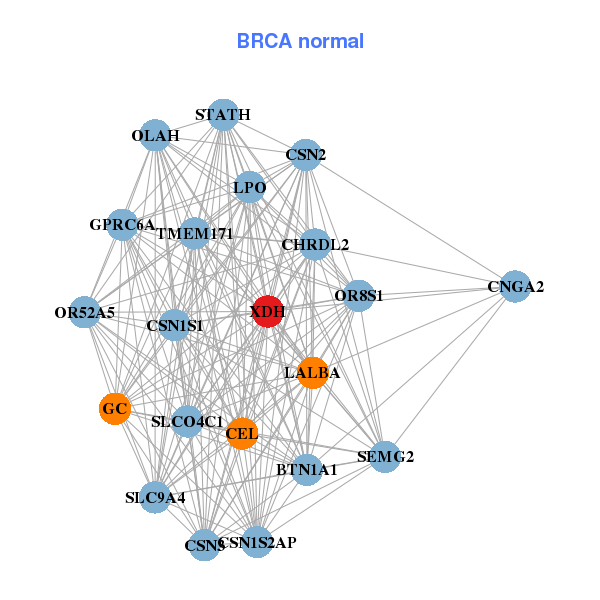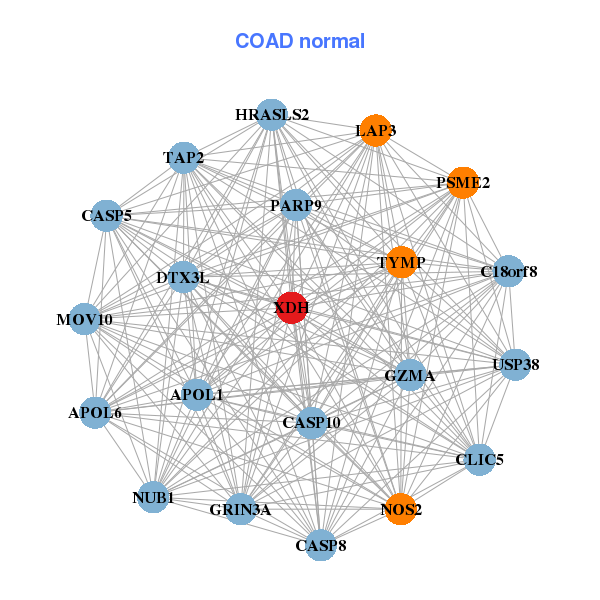|
||||||||||||||||||||||||||||||||||||||||||||||||||||||||||||||||||||||||||||||||||||||||||||||||||||||||||||||||||||||||||||||||||||||||||||||||||||||||||||||||||||||||||||||||||||||||||||||||||||||||||||||||||||||||||||||||||||||||||||||||||||||||||||||||||||||||||||||||||||||||||||||||||||||||||||||||||||||||||||||||||||||||||||||||||||||||||||||||||||||||||||||||||||||||||||||||||||||||||||||||||||||||||||||||||||||||||||||||||||||
| |
| Phenotypic Information (metabolism pathway, cancer, disease, phenome) |
| |
| |
| Gene-Gene Network Information: Co-Expression Network, Interacting Genes & KEGG |
| |
|
| Gene Summary for XDH |
| Basic gene info. | Gene symbol | XDH |
| Gene name | xanthine dehydrogenase | |
| Synonyms | XO|XOR | |
| Cytomap | UCSC genome browser: 2p23.1 | |
| Genomic location | chr2 :31557187-31637611 | |
| Type of gene | protein-coding | |
| RefGenes | NM_000379.3, | |
| Ensembl id | ENSG00000158125 | |
| Description | xanthine dehydrogenase/oxidasexanthine oxidoreductase | |
| Modification date | 20141207 | |
| dbXrefs | MIM : 607633 | |
| HGNC : HGNC | ||
| Ensembl : ENSG00000158125 | ||
| HPRD : 06363 | ||
| Vega : OTTHUMG00000099385 | ||
| Protein | UniProt: P47989 go to UniProt's Cross Reference DB Table | |
| Expression | CleanEX: HS_XDH | |
| BioGPS: 7498 | ||
| Gene Expression Atlas: ENSG00000158125 | ||
| The Human Protein Atlas: ENSG00000158125 | ||
| Pathway | NCI Pathway Interaction Database: XDH | |
| KEGG: XDH | ||
| REACTOME: XDH | ||
| ConsensusPathDB | ||
| Pathway Commons: XDH | ||
| Metabolism | MetaCyc: XDH | |
| HUMANCyc: XDH | ||
| Regulation | Ensembl's Regulation: ENSG00000158125 | |
| miRBase: chr2 :31,557,187-31,637,611 | ||
| TargetScan: NM_000379 | ||
| cisRED: ENSG00000158125 | ||
| Context | iHOP: XDH | |
| cancer metabolism search in PubMed: XDH | ||
| UCL Cancer Institute: XDH | ||
| Assigned class in ccmGDB | A - This gene has a literature evidence and it belongs to cancer gene. | |
| References showing role of XDH in cancer cell metabolism | 1. Matimba A, Li F, Livshits A, Cartwright CS, Scully S, et al. (2014) Thiopurine pharmacogenomics: association of SNPs with clinical response and functional validation of candidate genes. Pharmacogenomics 15: 433-447. go to article | |
| Top |
| Phenotypic Information for XDH(metabolism pathway, cancer, disease, phenome) |
| Cancer | CGAP: XDH |
| Familial Cancer Database: XDH | |
| * This gene is included in those cancer gene databases. |
|
|
|
|
|
| . | ||||||||||||||||||||||||||||||||||||||||||||||||||||||||||||||||||||||||||||||||||||||||||||||||||||||||||||||||||||||||||||||||||||||||||||||||||||||||||||||||||||||||||||||||||||||||||||||||||||||||||||||||||||||||||||||||||||||||||||||||||||||||||||||||||||||||||||||||||||||||||||||||||||||||||||||||||||||||||||||||||||||||||||||||||||||||||||||||||||||||||||||||||||||||||||||||||||||||||||||||||||||||||||||||||||||||||||||||
Oncogene 1 | Significant driver gene in | |||||||||||||||||||||||||||||||||||||||||||||||||||||||||||||||||||||||||||||||||||||||||||||||||||||||||||||||||||||||||||||||||||||||||||||||||||||||||||||||||||||||||||||||||||||||||||||||||||||||||||||||||||||||||||||||||||||||||||||||||||||||||||||||||||||||||||||||||||||||||||||||||||||||||||||||||||||||||||||||||||||||||||||||||||||||||||||||||||||||||||||||||||||||||||||||||||||||||||||||||||||||||||||||||||||||||||||||||||||
| cf) number; DB name 1 Oncogene; http://nar.oxfordjournals.org/content/35/suppl_1/D721.long, 2 Tumor Suppressor gene; https://bioinfo.uth.edu/TSGene/, 3 Cancer Gene Census; http://www.nature.com/nrc/journal/v4/n3/abs/nrc1299.html, 4 CancerGenes; http://nar.oxfordjournals.org/content/35/suppl_1/D721.long, 5 Network of Cancer Gene; http://ncg.kcl.ac.uk/index.php, 1Therapeutic Vulnerabilities in Cancer; http://cbio.mskcc.org/cancergenomics/statius/ |
| KEGG_PURINE_METABOLISM KEGG_DRUG_METABOLISM_OTHER_ENZYMES REACTOME_METABOLISM_OF_NUCLEOTIDES REACTOME_PURINE_METABOLISM | |
| OMIM | 278300; phenotype. 607633; gene. |
| Orphanet | 93601; Xanthinuria type I. |
| Disease | KEGG Disease: XDH |
| MedGen: XDH (Human Medical Genetics with Condition) | |
| ClinVar: XDH | |
| Phenotype | MGI: XDH (International Mouse Phenotyping Consortium) |
| PhenomicDB: XDH | |
| Mutations for XDH |
| * Under tables are showing count per each tissue to give us broad intuition about tissue specific mutation patterns.You can go to the detailed page for each mutation database's web site. |
| - Statistics for Tissue and Mutation type | Top |
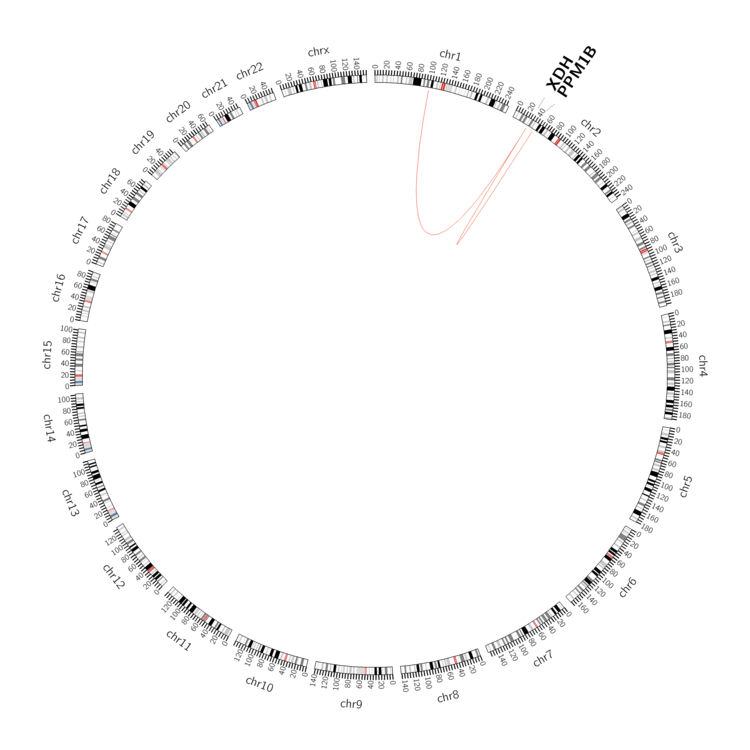 |
| - For Inter-chromosomal Variations |
| * Inter-chromosomal variantions includes 'interchromosomal amplicon to amplicon', 'interchromosomal amplicon to non-amplified dna', 'interchromosomal insertion', 'Interchromosomal unknown type'. |
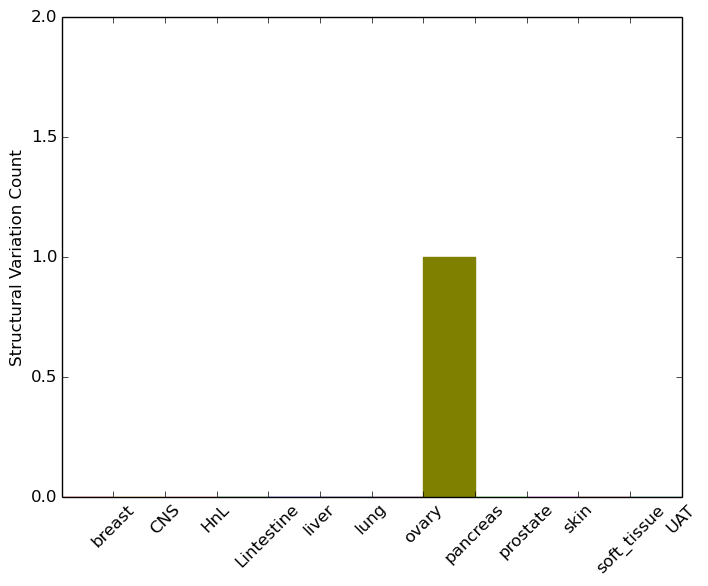 |
| - For Intra-chromosomal Variations |
| * Intra-chromosomal variantions includes 'intrachromosomal amplicon to amplicon', 'intrachromosomal amplicon to non-amplified dna', 'intrachromosomal deletion', 'intrachromosomal fold-back inversion', 'intrachromosomal inversion', 'intrachromosomal tandem duplication', 'Intrachromosomal unknown type', 'intrachromosomal with inverted orientation', 'intrachromosomal with non-inverted orientation'. |
 |
| Sample | Symbol_a | Chr_a | Start_a | End_a | Symbol_b | Chr_b | Start_b | End_b |
| ovary | XDH | chr2 | 31566571 | 31566591 | PPM1B | chr2 | 44454837 | 44454857 |
| pancreas | XDH | chr2 | 31601014 | 31601034 | chr1 | 100292577 | 100292597 |
| cf) Tissue number; Tissue name (1;Breast, 2;Central_nervous_system, 3;Haematopoietic_and_lymphoid_tissue, 4;Large_intestine, 5;Liver, 6;Lung, 7;Ovary, 8;Pancreas, 9;Prostate, 10;Skin, 11;Soft_tissue, 12;Upper_aerodigestive_tract) |
| * From mRNA Sanger sequences, Chitars2.0 arranged chimeric transcripts. This table shows XDH related fusion information. |
| ID | Head Gene | Tail Gene | Accession | Gene_a | qStart_a | qEnd_a | Chromosome_a | tStart_a | tEnd_a | Gene_a | qStart_a | qEnd_a | Chromosome_a | tStart_a | tEnd_a |
| BE774864 | XDH | 1 | 66 | 2 | 31558648 | 31558716 | LOC146880 | 61 | 110 | 17 | 62745805 | 62745854 | |
| Top |
| Mutation type/ Tissue ID | brca | cns | cerv | endome | haematopo | kidn | Lintest | liver | lung | ns | ovary | pancre | prost | skin | stoma | thyro | urina | |||
| Total # sample | 1 | 1 | ||||||||||||||||||
| GAIN (# sample) | 1 | 1 | ||||||||||||||||||
| LOSS (# sample) |
| cf) Tissue ID; Tissue type (1; Breast, 2; Central_nervous_system, 3; Cervix, 4; Endometrium, 5; Haematopoietic_and_lymphoid_tissue, 6; Kidney, 7; Large_intestine, 8; Liver, 9; Lung, 10; NS, 11; Ovary, 12; Pancreas, 13; Prostate, 14; Skin, 15; Stomach, 16; Thyroid, 17; Urinary_tract) |
| Top |
|
 |
| Top |
| Stat. for Non-Synonymous SNVs (# total SNVs=125) | (# total SNVs=47) |
 |  |
(# total SNVs=3) | (# total SNVs=0) |
 |
| Top |
| * When you move the cursor on each content, you can see more deailed mutation information on the Tooltip. Those are primary_site,primary_histology,mutation(aa),pubmedID. |
| GRCh37 position | Mutation(aa) | Unique sampleID count |
| chr2:31589851-31589851 | p.Y736F | 4 |
| chr2:31621561-31621561 | p.R104K | 3 |
| chr2:31569684-31569684 | p.R1101K | 3 |
| chr2:31573079-31573079 | p.R881Q | 3 |
| chr2:31564236-31564236 | p.D1182N | 3 |
| chr2:31562393-31562393 | p.R1246C | 3 |
| chr2:31600017-31600017 | p.K443K | 2 |
| chr2:31588407-31588407 | p.T820T | 2 |
| chr2:31573035-31573035 | p.R896W | 2 |
| chr2:31609390-31609390 | p.R228Q | 2 |
| Top |
|
 |
| Point Mutation/ Tissue ID | 1 | 2 | 3 | 4 | 5 | 6 | 7 | 8 | 9 | 10 | 11 | 12 | 13 | 14 | 15 | 16 | 17 | 18 | 19 | 20 |
| # sample | 5 | 4 | 22 | 4 | 6 | 3 | 21 | 10 | 2 | 48 | 15 | 16 | ||||||||
| # mutation | 6 | 4 | 21 | 4 | 6 | 3 | 21 | 10 | 2 | 74 | 18 | 20 | ||||||||
| nonsynonymous SNV | 4 | 4 | 14 | 3 | 2 | 2 | 13 | 9 | 1 | 52 | 12 | 14 | ||||||||
| synonymous SNV | 2 | 7 | 1 | 4 | 1 | 8 | 1 | 1 | 22 | 6 | 6 |
| cf) Tissue ID; Tissue type (1; BLCA[Bladder Urothelial Carcinoma], 2; BRCA[Breast invasive carcinoma], 3; CESC[Cervical squamous cell carcinoma and endocervical adenocarcinoma], 4; COAD[Colon adenocarcinoma], 5; GBM[Glioblastoma multiforme], 6; Glioma Low Grade, 7; HNSC[Head and Neck squamous cell carcinoma], 8; KICH[Kidney Chromophobe], 9; KIRC[Kidney renal clear cell carcinoma], 10; KIRP[Kidney renal papillary cell carcinoma], 11; LAML[Acute Myeloid Leukemia], 12; LUAD[Lung adenocarcinoma], 13; LUSC[Lung squamous cell carcinoma], 14; OV[Ovarian serous cystadenocarcinoma ], 15; PAAD[Pancreatic adenocarcinoma], 16; PRAD[Prostate adenocarcinoma], 17; SKCM[Skin Cutaneous Melanoma], 18:STAD[Stomach adenocarcinoma], 19:THCA[Thyroid carcinoma], 20:UCEC[Uterine Corpus Endometrial Carcinoma]) |
| Top |
| * We represented just top 10 SNVs. When you move the cursor on each content, you can see more deailed mutation information on the Tooltip. Those are primary_site, primary_histology, mutation(aa), pubmedID. |
| Genomic Position | Mutation(aa) | Unique sampleID count |
| chr2:31573079 | p.R881Q | 3 |
| chr2:31572580 | p.F543F | 2 |
| chr2:31564236 | p.S289L | 2 |
| chr2:31591449 | p.R896W | 2 |
| chr2:31571184 | p.P276S | 2 |
| chr2:31598392 | p.T1033A | 2 |
| chr2:31588407 | p.T820T | 2 |
| chr2:31602786 | p.I715I | 2 |
| chr2:31571778 | p.F516F | 2 |
| chr2:31596796 | p.L397M | 2 |
| * Copy number data were extracted from TCGA using R package TCGA-Assembler. The URLs of all public data files on TCGA DCC data server were gathered on Jan-05-2015. Function ProcessCNAData in TCGA-Assembler package was used to obtain gene-level copy number value which is calculated as the average copy number of the genomic region of a gene. |
 |
| cf) Tissue ID[Tissue type]: BLCA[Bladder Urothelial Carcinoma], BRCA[Breast invasive carcinoma], CESC[Cervical squamous cell carcinoma and endocervical adenocarcinoma], COAD[Colon adenocarcinoma], GBM[Glioblastoma multiforme], Glioma Low Grade, HNSC[Head and Neck squamous cell carcinoma], KICH[Kidney Chromophobe], KIRC[Kidney renal clear cell carcinoma], KIRP[Kidney renal papillary cell carcinoma], LAML[Acute Myeloid Leukemia], LUAD[Lung adenocarcinoma], LUSC[Lung squamous cell carcinoma], OV[Ovarian serous cystadenocarcinoma ], PAAD[Pancreatic adenocarcinoma], PRAD[Prostate adenocarcinoma], SKCM[Skin Cutaneous Melanoma], STAD[Stomach adenocarcinoma], THCA[Thyroid carcinoma], UCEC[Uterine Corpus Endometrial Carcinoma] |
| Top |
| Gene Expression for XDH |
| * CCLE gene expression data were extracted from CCLE_Expression_Entrez_2012-10-18.res: Gene-centric RMA-normalized mRNA expression data. |
 |
| * Normalized gene expression data of RNASeqV2 was extracted from TCGA using R package TCGA-Assembler. The URLs of all public data files on TCGA DCC data server were gathered at Jan-05-2015. Only eight cancer types have enough normal control samples for differential expression analysis. (t test, adjusted p<0.05 (using Benjamini-Hochberg FDR)) |
 |
| Top |
| * This plots show the correlation between CNV and gene expression. |
: Open all plots for all cancer types
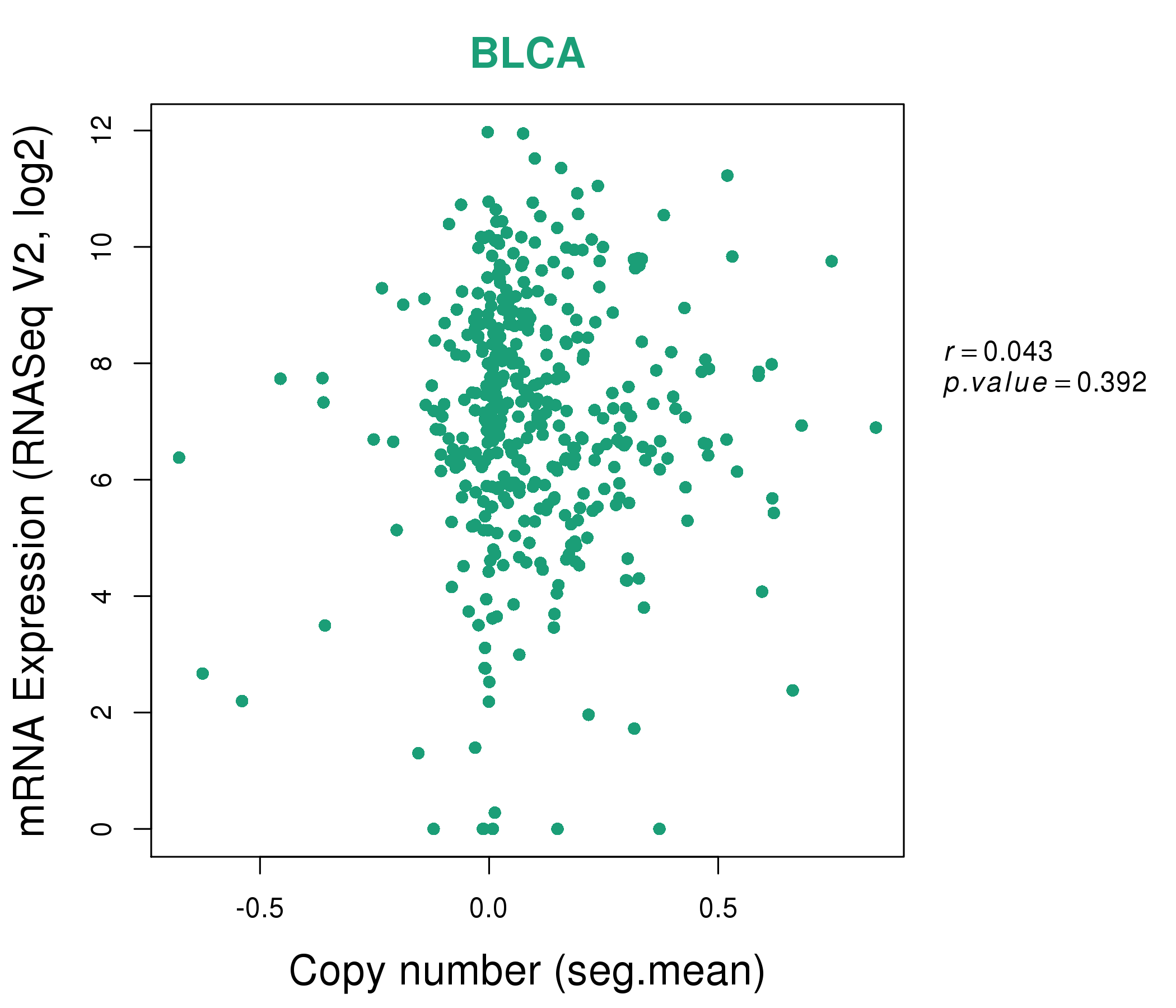 |
|
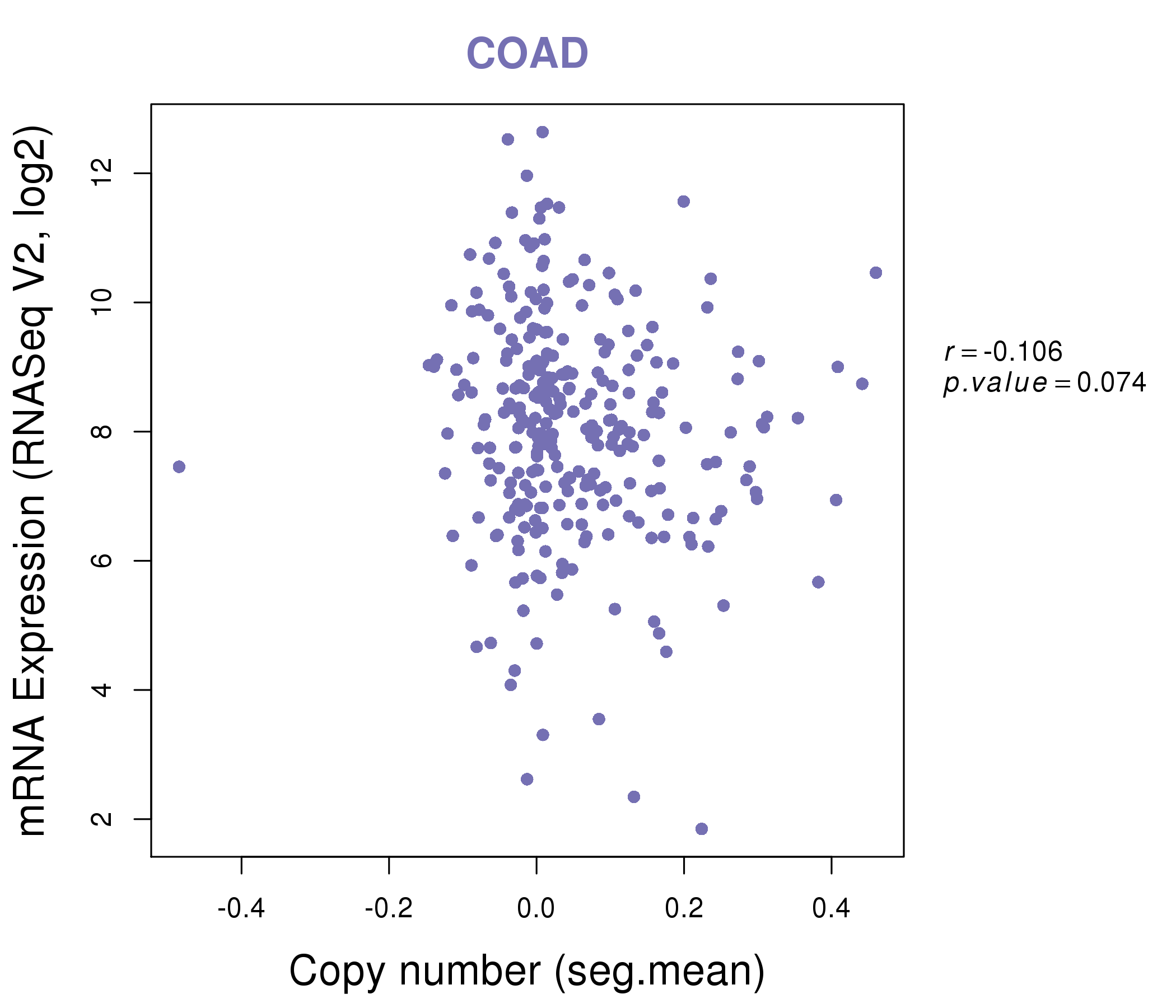 |
|
| Top |
| Gene-Gene Network Information |
| * Co-Expression network figures were drawn using R package igraph. Only the top 20 genes with the highest correlations were shown. Red circle: input gene, orange circle: cell metabolism gene, sky circle: other gene |
: Open all plots for all cancer types
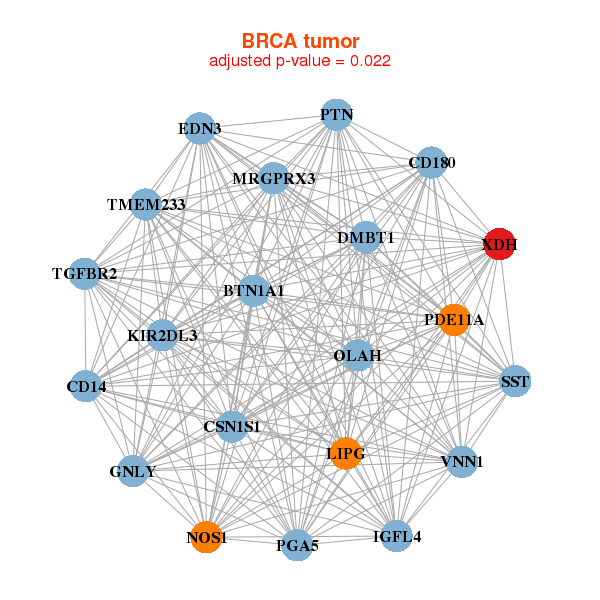 |
| ||||
| BTN1A1,CD14,CD180,CSN1S1,DMBT1,EDN3,GNLY, IGFL4,KIR2DL3,LIPG,MRGPRX3,NOS1,OLAH,PDE11A, PGA5,PTN,SST,TGFBR2,TMEM233,VNN1,XDH | BTN1A1,CEL,CHRDL2,CNGA2,CSN1S1,CSN1S2AP,CSN2, CSN3,GC,GPRC6A,LALBA,LPO,OLAH,OR52A5, OR8S1,SEMG2,SLC9A4,SLCO4C1,STATH,TMEM171,XDH | ||||
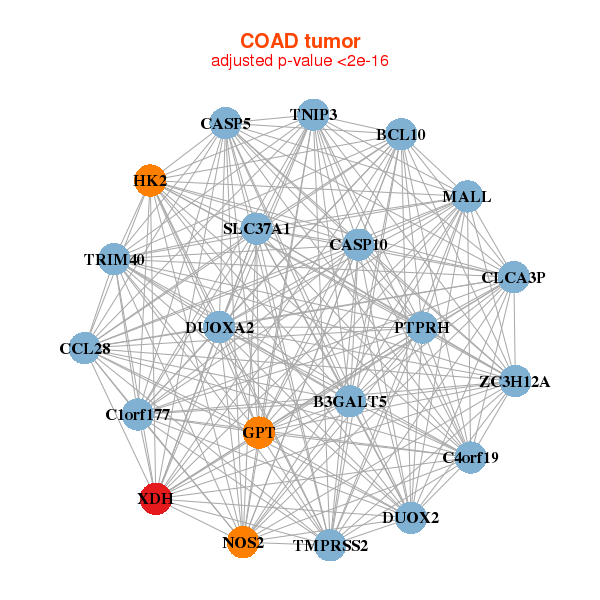 |
| ||||
| B3GALT5,BCL10,C1orf177,C4orf19,CASP10,CASP5,CCL28, CLCA3P,DUOX2,DUOXA2,GPT,HK2,MALL,NOS2, PTPRH,SLC37A1,TMPRSS2,TNIP3,TRIM40,XDH,ZC3H12A | APOL1,APOL6,C18orf8,CASP10,CASP5,CASP8,CLIC5, DTX3L,GRIN3A,GZMA,HRASLS2,LAP3,MOV10,NOS2, NUB1,PARP9,PSME2,TAP2,TYMP,USP38,XDH |
| * Co-Expression network figures were drawn using R package igraph. Only the top 20 genes with the highest correlations were shown. Red circle: input gene, orange circle: cell metabolism gene, sky circle: other gene |
: Open all plots for all cancer types
| Top |
: Open all interacting genes' information including KEGG pathway for all interacting genes from DAVID
| Top |
| Pharmacological Information for XDH |
| DB Category | DB Name | DB's ID and Url link |
| Chemistry | BindingDB | P47989; -. |
| Chemistry | ChEMBL | CHEMBL1929; -. |
| Chemistry | GuidetoPHARMACOLOGY | 2646; -. |
| Organism-specific databases | PharmGKB | PA37404; -. |
| Organism-specific databases | CTD | 7498; -. |
| * Gene Centered Interaction Network. |
 |
| * Drug Centered Interaction Network. |
| DrugBank ID | Target Name | Drug Groups | Generic Name | Drug Centered Network | Drug Structure |
| DB00437 | xanthine dehydrogenase | approved | Allopurinol |  | 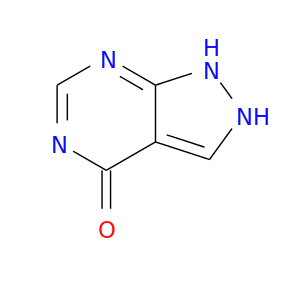 |
| DB00583 | xanthine dehydrogenase | approved | L-Carnitine |  |  |
| DB01685 | xanthine dehydrogenase | experimental | 4-[5-Pyridin-4-Yl-1h-[1,2,4]Triazol-3-Yl]-Pyridine-2-Carbonitrile | 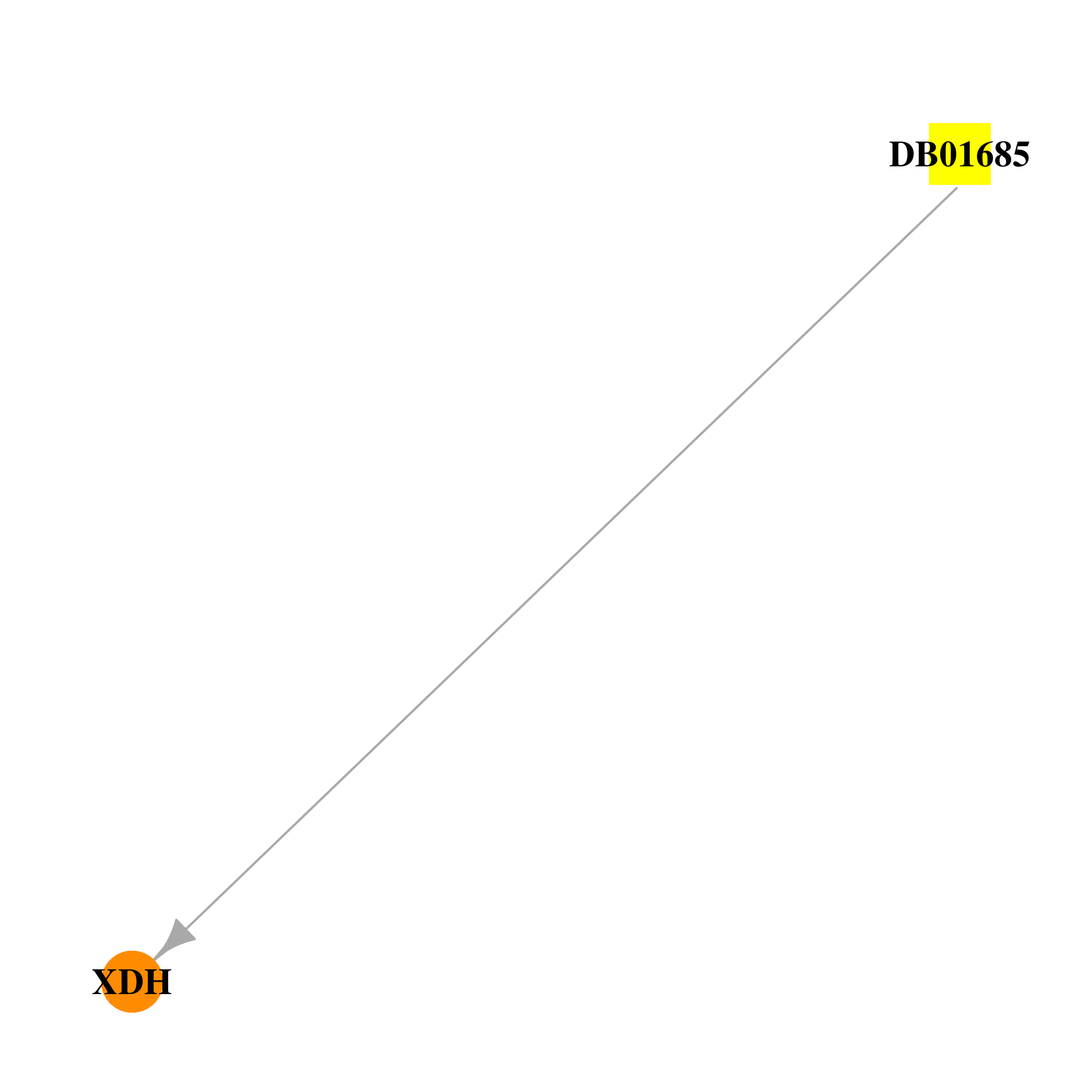 |  |
| DB03147 | xanthine dehydrogenase | experimental | Flavin-Adenine Dinucleotide |  |  |
| DB03328 | xanthine dehydrogenase | experimental | dioxothiomolybdenum(VI) ion | 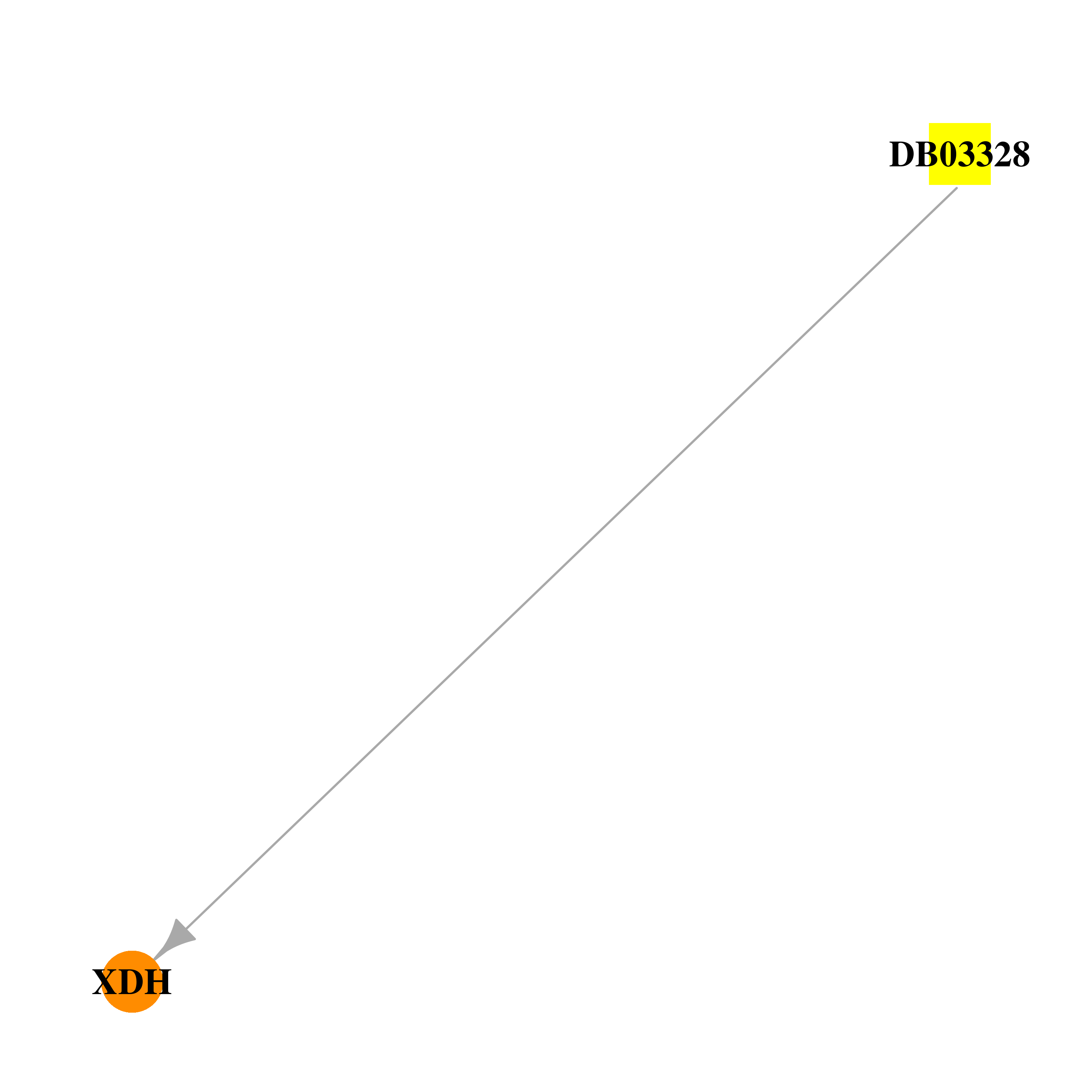 | 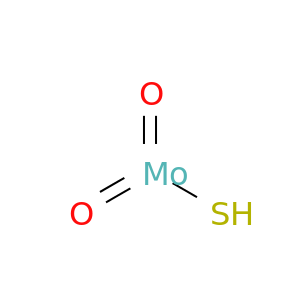 |
| DB03841 | xanthine dehydrogenase | experimental | Y-700 |  | 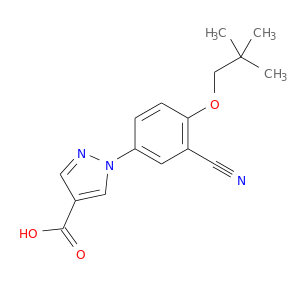 |
| DB00997 | xanthine dehydrogenase | approved; investigational | Doxorubicin |  | 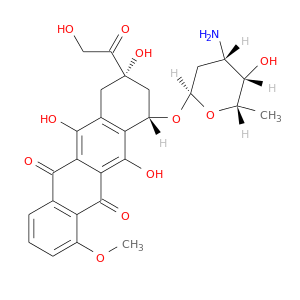 |
| DB00277 | xanthine dehydrogenase | approved | Theophylline | 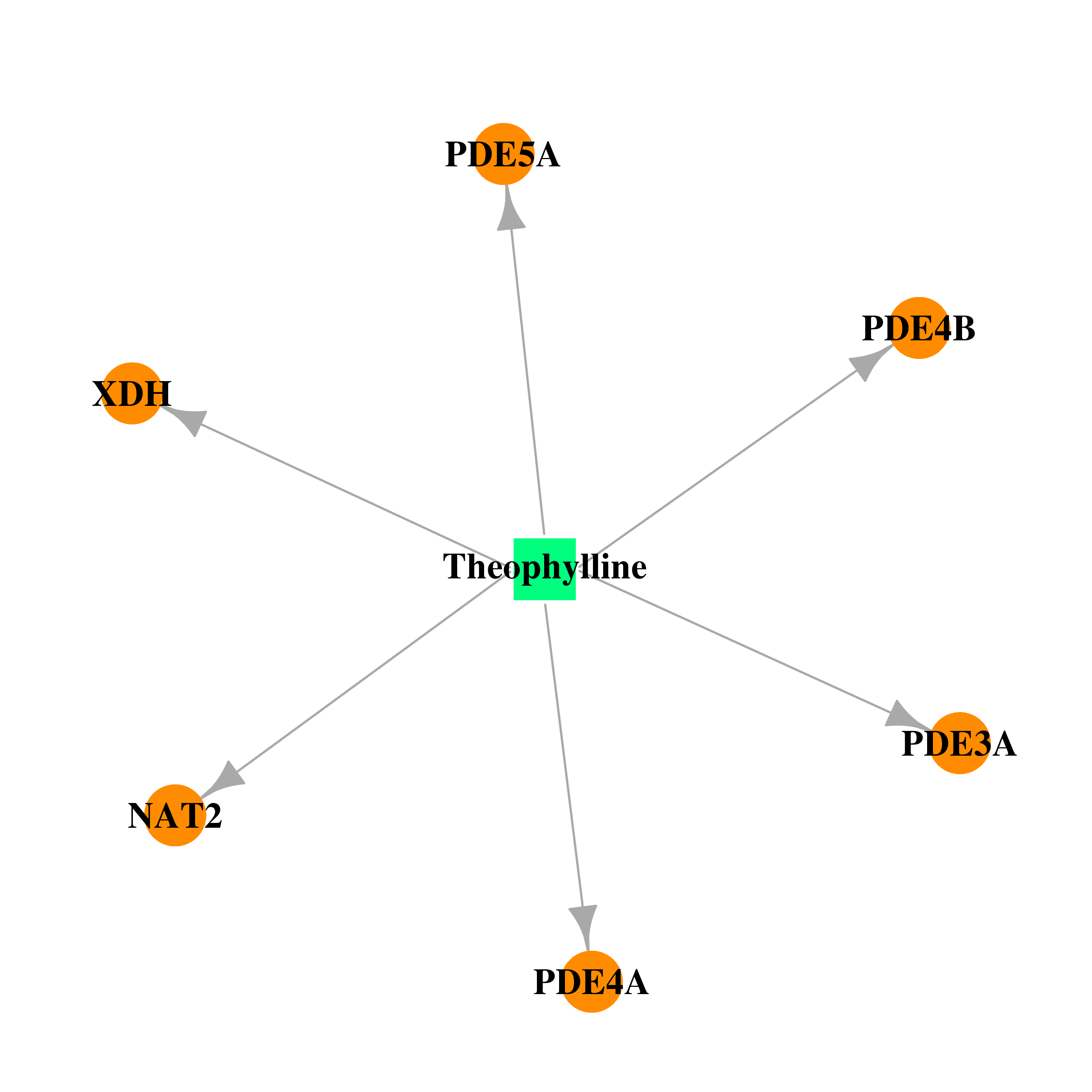 |  |
| DB00898 | xanthine dehydrogenase | approved | Ethanol |  | 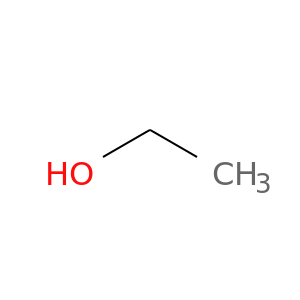 |
| DB01412 | xanthine dehydrogenase | approved | Theobromine | 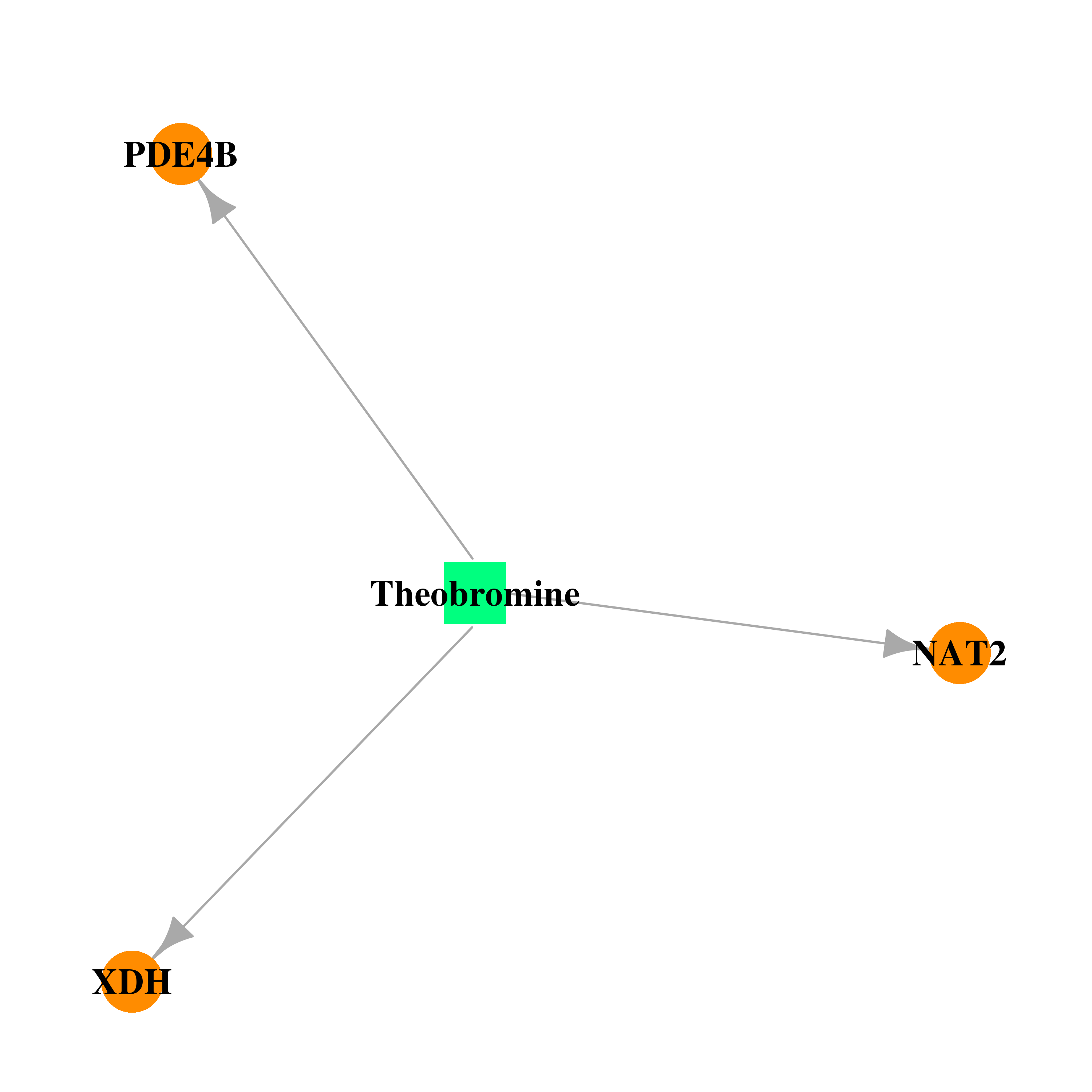 | 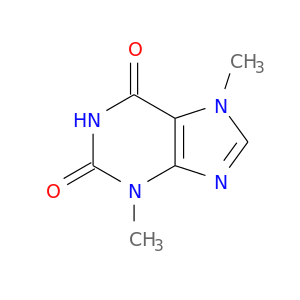 |
| DB00993 | xanthine dehydrogenase | approved | Azathioprine |  |  |
| DB00170 | xanthine dehydrogenase | approved; nutraceutical | Menadione |  |  |
| DB00563 | xanthine dehydrogenase | approved | Methotrexate | 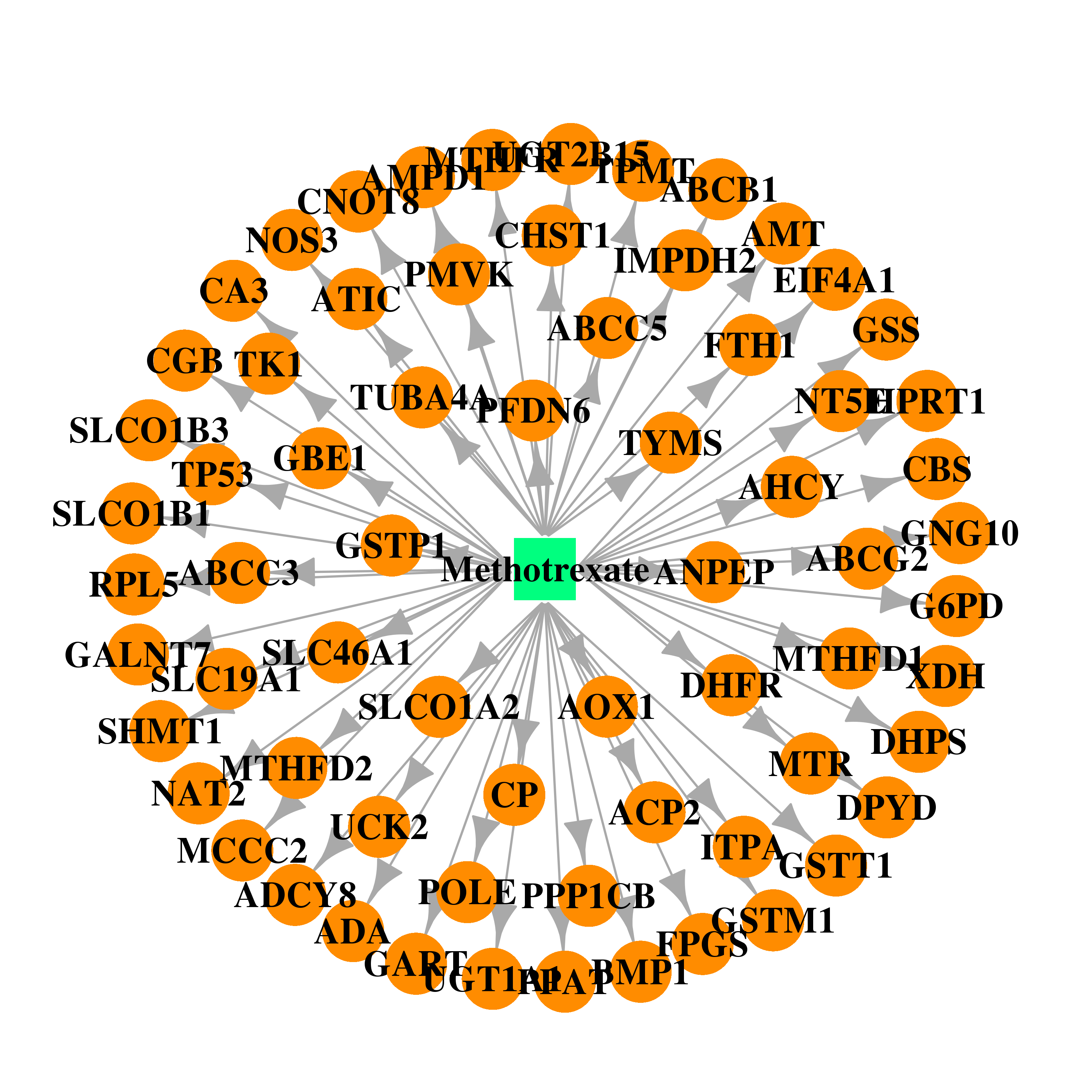 |  |
| DB00201 | xanthine dehydrogenase | approved | Caffeine | 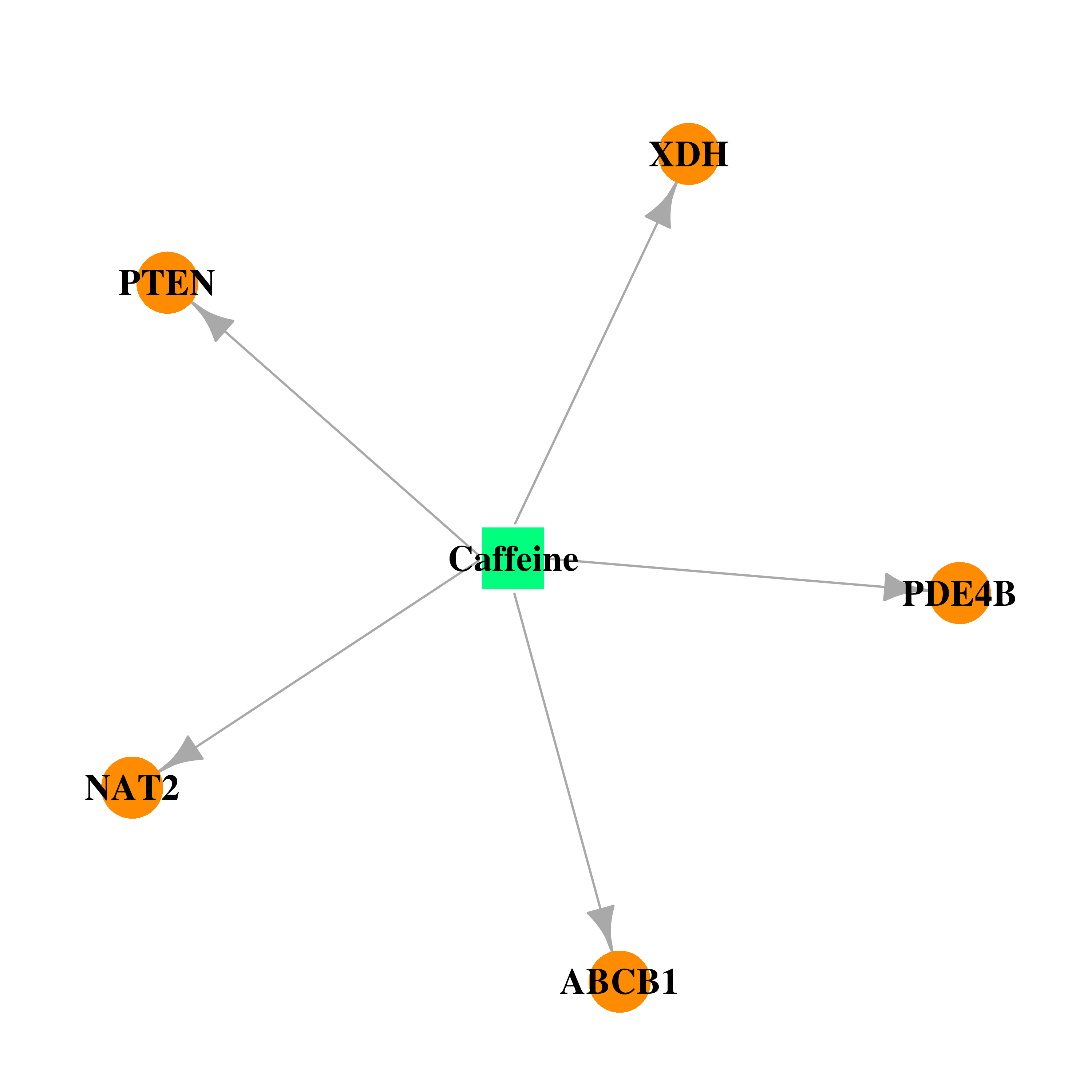 |  |
| DB01033 | xanthine dehydrogenase | approved | Mercaptopurine | 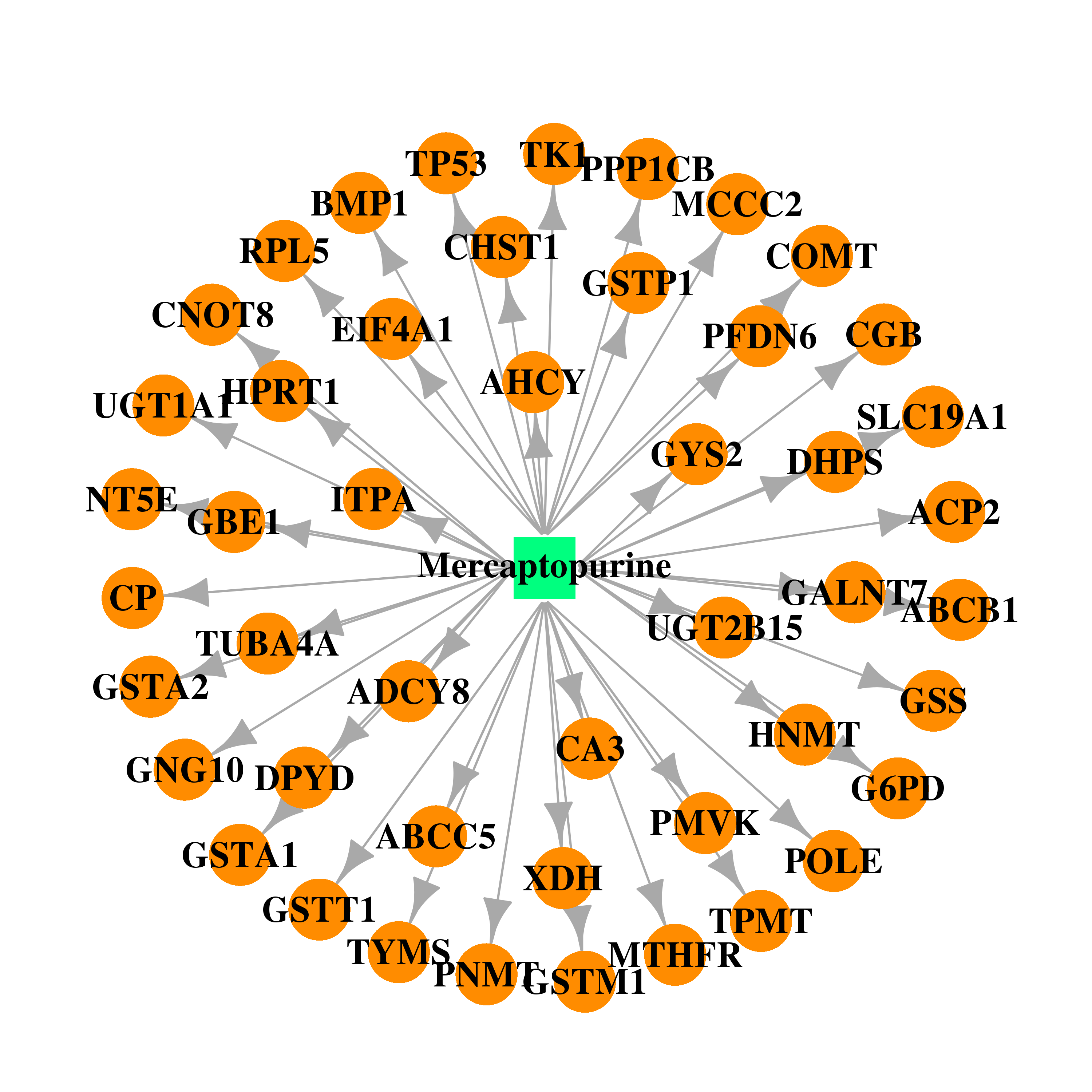 |  |
| DB00339 | xanthine dehydrogenase | approved | Pyrazinamide |  | 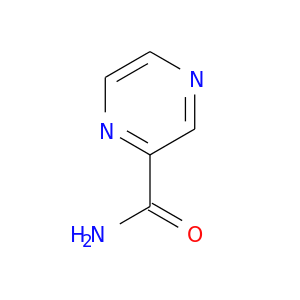 |
| Top |
| Cross referenced IDs for XDH |
| * We obtained these cross-references from Uniprot database. It covers 150 different DBs, 18 categories. http://www.uniprot.org/help/cross_references_section |
: Open all cross reference information
|
Copyright © 2016-Present - The Univsersity of Texas Health Science Center at Houston @ |







